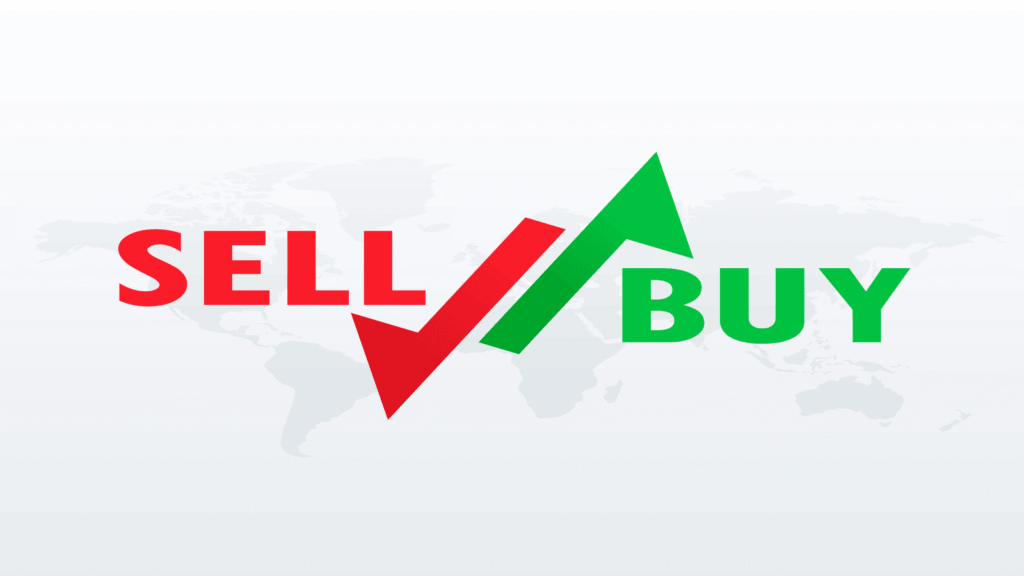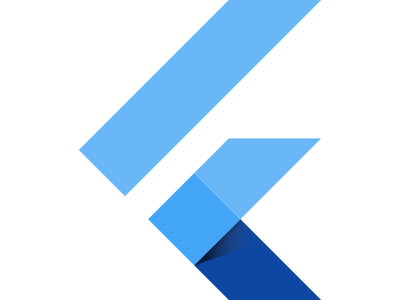
Flutter has solidified its position as one of the most versatile and cost-effective cross-platform frameworks for mobile, desktop, and web application development. Since its introduction by Google in 2017, it has transformed the way businesses build and deploy apps, allowing developers to write once and deploy across multiple platforms with consistent performance and design. By 2025, the Flutter ecosystem is no longer “emerging” ; it is a mainstream development choice for startups, enterprises, and agencies alike.
However, with mainstream adoption comes a significant variance in developer rates. Whether you’re a business looking to hire or a developer determining your market value, understanding the current hourly rates, global benchmarks, and influencing factors is critical.
This complete 2025 pricing guide gives you:
- Regional rate breakdowns for North America, Europe, Asia, Latin America, and more.
- Experience-based tiers from Junior to Tech Lead.
- Key factors influencing rates such as skill set, demand, and project complexity.
- Industry-specific rate premiums for sectors like Fintech, Healthcare, and IoT.
- Hiring model impacts — freelance vs. in-house vs. agencies.
- Practical recommendations for businesses and developers.
1. Global Market Overview
By 2025, Flutter development rates have stabilized compared to the fluctuating years of early adoption (2018–2021). Demand is strong worldwide, but there’s a clear regional rate segmentation:
- High-cost markets (US, Canada, Australia, Western Europe) still dominate the top rate brackets.
- Nearshore outsourcing hubs (Eastern Europe, Latin America) are thriving due to time-zone convenience and competitive pricing.
- Offshore outsourcing (South Asia, Southeast Asia, Africa) continues to offer budget-friendly options, though senior rates are climbing in certain countries.
Average Global Hourly Rate in 2025
- Junior (0–2 years): $20–$40/hr
- Mid-Level (2–5 years): $40–$80/hr
- Senior (5+ years): $80–$150/hr
- Tech Lead / Architect: $100–$180/hr+
2. Hourly Rates by Region
Here’s the 2025 regional breakdown based on aggregated data from ZipRecruiter, Glassdoor, Flexiple, Index.dev, Bacancy, and other hiring platforms.
North America (US & Canada)
- Junior: $40–$60/hr
- Mid-Level: $60–$90/hr
- Senior: $90–$150/hr
- Top-tier consultants / niche experts: $150–$250/hr+
Market characteristics:
- High competition for top talent.
- Strong demand in fintech, healthcare, and SaaS startups.
- Companies pay a premium for US-based developers due to time-zone alignment and communication.
Western Europe
- Junior: $35–$50/hr
- Mid-Level: $50–$80/hr
- Senior: $80–$120/hr
- Specialized Lead Developers: $120–$160/hr
Key points:
- UK, Germany, and France lead in Flutter adoption.
- Enterprise clients often push rates to the higher end.
- GDPR and EU compliance knowledge can add 10–20% to rates.
Eastern Europe (CEE: Poland, Ukraine, Romania, etc.)
- Junior: $30–$45/hr
- Mid-Level: $45–$70/hr
- Senior: $70–$110/hr
- Tech Leads: $110–$155/hr
Why it’s popular:
- High technical quality at competitive pricing.
- Cultural and time-zone proximity to Western Europe.
- English proficiency is strong among tech professionals.
Latin America
- Junior: $25–$40/hr
- Mid-Level: $40–$65/hr
- Senior: $65–$95/hr
- Specialized roles: $95–$145/hr
Hiring advantage:
- Perfect time-zone overlap with North America.
- Rapidly growing developer pool.
- Competitive rates with strong cultural alignment.
Asia (India, Pakistan, Bangladesh, Philippines, Vietnam, Singapore, Japan)
India / Pakistan / Bangladesh
- Junior: $15–$25/hr
- Mid-Level: $25–$50/hr
- Senior: $50–$60/hr
Note: Bangladesh, particularly Dhaka, is emerging as a cost-effective outsourcing hub for Flutter development. Businesses can hire remote Flutter developers from Dhaka at cheaper rates compared to many other Asian markets, while still maintaining solid quality and communication standards.
Southeast Asia (Philippines, Vietnam)
- Junior: $20–$35/hr
- Mid-Level: $35–$60/hr
- Senior: $60–$80/hr
High-cost Asian markets (Singapore, Japan)
- Mid-Level: $60–$80/hr
- Senior: $80–$100/hr
Notable trends:
- India continues to dominate in volume.
- Japan and Singapore command higher rates due to living costs and limited supply.
3. Rates by Experience Level
Junior Developers (0–2 years)
- Tasks: Basic feature implementation, UI work, bug fixes.
- Typical range: $20–$45/hr globally.
- Ratio: ~25% of the market supply.
Mid-Level Developers (2–5 years)
- Tasks: Full feature builds, state management, integration with APIs.
- Typical range: $40–$80/hr.
- Ratio: ~40% of the market supply.
Senior Developers (5+ years)
- Tasks: Complex architecture, performance optimization, mentoring.
- Typical range: $80–$150/hr.
- Ratio: ~25% of the market supply.
Tech Leads / Architects
- Tasks: System design, scalability strategy, managing development teams.
- Typical range: $100–$180+/hr.
- Ratio: ~10% of the market supply.
4. Factors Influencing Flutter Developer Rates
Rates are not arbitrary. They depend on a combination of market forces, skill specialization, and project requirements.
Skill Set
- Core Flutter + Dart proficiency — baseline.
- Knowledge of native Android (Kotlin) / iOS (Swift) can raise rates by 10–15%.
- State management expertise (Bloc, Riverpod, Provider) — adds premium.
- Backend integration (Firebase, Node.js, GraphQL) — adds 10–20%.
- UI/UX specialization — 5–10% premium.
- Industry-specific compliance (HIPAA, GDPR, PCI DSS) — 15–25% premium.
Project Complexity
- Simple app with basic features — lower range.
- Complex enterprise app with integrations, offline mode, or custom animations — mid to high range.
- Mission-critical app (healthcare, finance) — premium rates.
Hiring Model
- Freelancers: $20–$120/hr depending on region & skill.
- Agencies: $50–$200/hr due to overhead & full-service offering.
- In-house developers: Effective hourly rate based on salary, benefits, and location.
5. Industry-Specific Rate Premiums in 2025
Some sectors pay above-average rates due to complexity, compliance, and urgency.
- Fintech: +20–35% over baseline (security, regulations, integrations).
- Healthcare: +15–30% (HIPAA, data privacy, telehealth features).
- E-commerce: +10–20% (payment gateways, scalability).
- IoT / Hardware integration: +15–25% (Bluetooth, embedded systems).
- Media & Entertainment: +10–20% (streaming, custom graphics).
6. Global Pricing Ratios
If we set North America’s average mid-level rate at 1.0, other regions compare as follows:
| Region | Ratio vs. US Mid-Level Rate |
| North America | 1.0 |
| Western Europe | 0.85 |
| Eastern Europe | 0.65 |
| Latin America | 0.60 |
| India | 0.45 |
| Southeast Asia | 0.55 |
| Japan/Singapore | 0.90 |
7. Recommendations for Businesses
- Budget-sensitive projects: Consider Eastern Europe or Latin America for a balance of quality and cost.
- Time-critical enterprise apps: Hire locally or nearshore for smoother communication.
- Long-term maintenance contracts: Build in-house teams for stability.
- Specialized needs: Pay the premium; niche expertise saves money in the long run.
8. Recommendations for Developers
- Upskill in hot areas: Backend integration, security, advanced state management.
- Specialize in an industry: Healthcare, fintech, or IoT to justify higher rates.
- Freelance strategically: Target clients in higher-paying markets even if working remotely.
- Document your portfolio: Higher rates are easier to negotiate with proof.
Conclusion
In 2025, Flutter development rates are mature but dynamic. The framework’s popularity ensures a steady flow of opportunities, but where you work from, who you work for, and what you can deliver all play massive roles in determining your worth.
For businesses, understanding these global rate patterns ensures you budget realistically and hire efficiently. For developers, this knowledge helps you position yourself strategically in the global market, command fair compensation, and choose the right projects.
Whether you’re building a startup MVP, scaling an enterprise platform, or launching a cross-platform game, Flutter’s developer market in 2025 offers both opportunities and challenges and knowing the pricing lanscape gives you a competitive edge.
